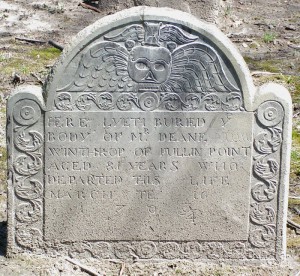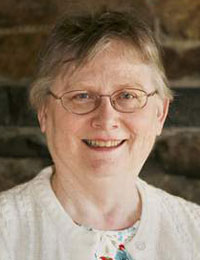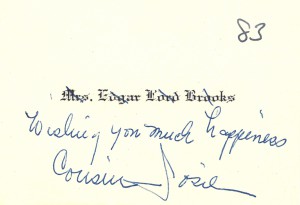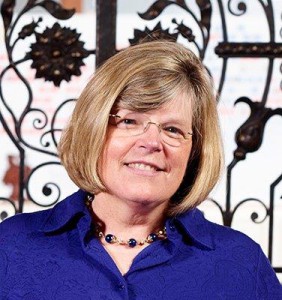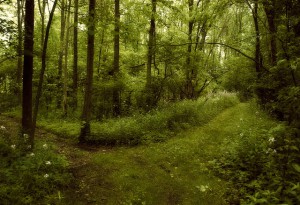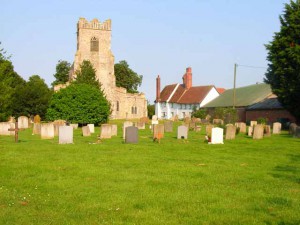
Over the last five months, Vita Brevis has featured a number of blog posts about the Great Migration Study Project and related subjects. Robert Charles Anderson, the project’s director, has written on the topic, as have Alicia Crane Williams and Roger Thompson. Bob’s posts tend to focus on his continuing research in this area, whether it is his trips to Salt Lake City to review a thorny question about identity or the latest literature on the subject as he prepares to write a book tentatively entitled Puritan Pedigrees: The Deep Roots of the Great Migration to New England. Continue reading The Great Migration in Vita Brevis

